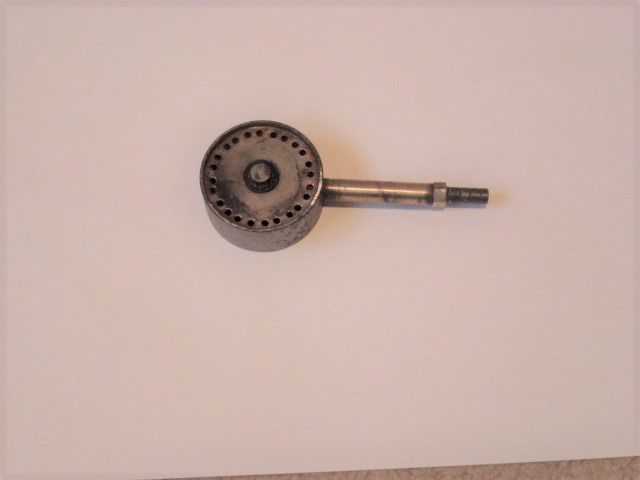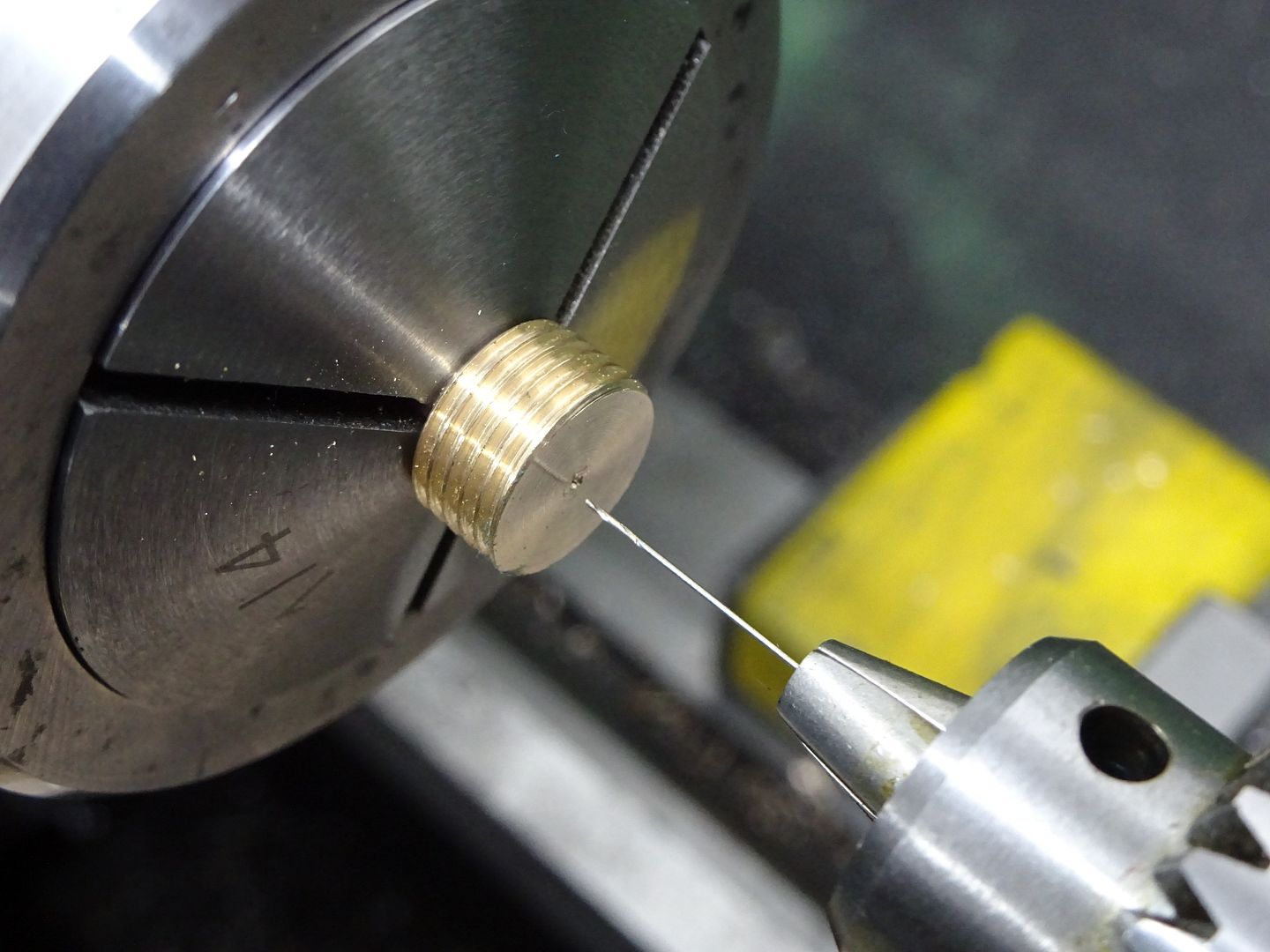Posted by Terryd on 28/09/2022 08:46:07:
Posted by Michael Gilligan on 28/09/2022 07:55:33:
…
If anyone can clarify the muddle…
…
I'm not really sure that the jet size matters that much as long as they are not too small as the gas flow can be controlled by the regulator valve surely? …
Welcome to the wonderful world of Gauge Size numbers. They're deeply confusing. They were conceived in the first half of the Industrial Revolution before the need for full standardisation was accepted. Almost every trade and many individual companies created their own system of gauge measure and there isn't much consistency between them. Old engineering reference books are full of different Gauge tables: back in the day it was a huge mess, and despite much tidying up Gauges still have to be approached with caution today. Electric motors can be rewound with a choice of American Wire Gauge, Standard Wire Gauge or Metric magnet wire. Metric is simpler because it's the actual wire diameter in millimeters, but AWG and SWG are less rational. Gas jets suffer the same problem – they're an old technology, identified using ye olde gauge numbers, or metric.
The jet size does matter, usually. The ratio of air to gas is important so the size of the jet depends on the type of gas being burnt, the size of the combustion chamber, and the size of the air-input. If too much gas is in the mix, the flame either won't ignite at all, or burns smokey yellow, producing low heat and poisonous Carbon Monoxide. If too much air is in the mix, either the flame won't ignite, or a large proportion of it's energy is wasted heating excess air which then disappears up the chimney. To get reasonable efficiency the mix, combustion chamber and heating surface have to be balanced, and the mix is also a balance.
However, a poor design that would be completely unacceptable on a central heating boiler, might well be 'good enough' for a small model steam boiler. If inefficiently burnt gas heats faster than meths the owner will probably be happy!
One thing to watch is that gas flames are considerably hotter than spirit burners and if a concentrated gas flame is played on a small part of the boiler, it might put more heat into the metal than the water is able to to remove by boiling. This could cause the boiler to fail by softening the metal, or maybe melting a nearby soldered joint. (Spirit fired boilers don't expect gas flames and might use soldered joints. Gas and coal boilers are stayed, brazed and dimensioned to take the heat.)
I would guess a small combustion chamber would need a small jet, or several small jets, rather than one big one – for mixing.
Dave
Edited By SillyOldDuffer on 28/09/2022 09:54:58
Terryd.







